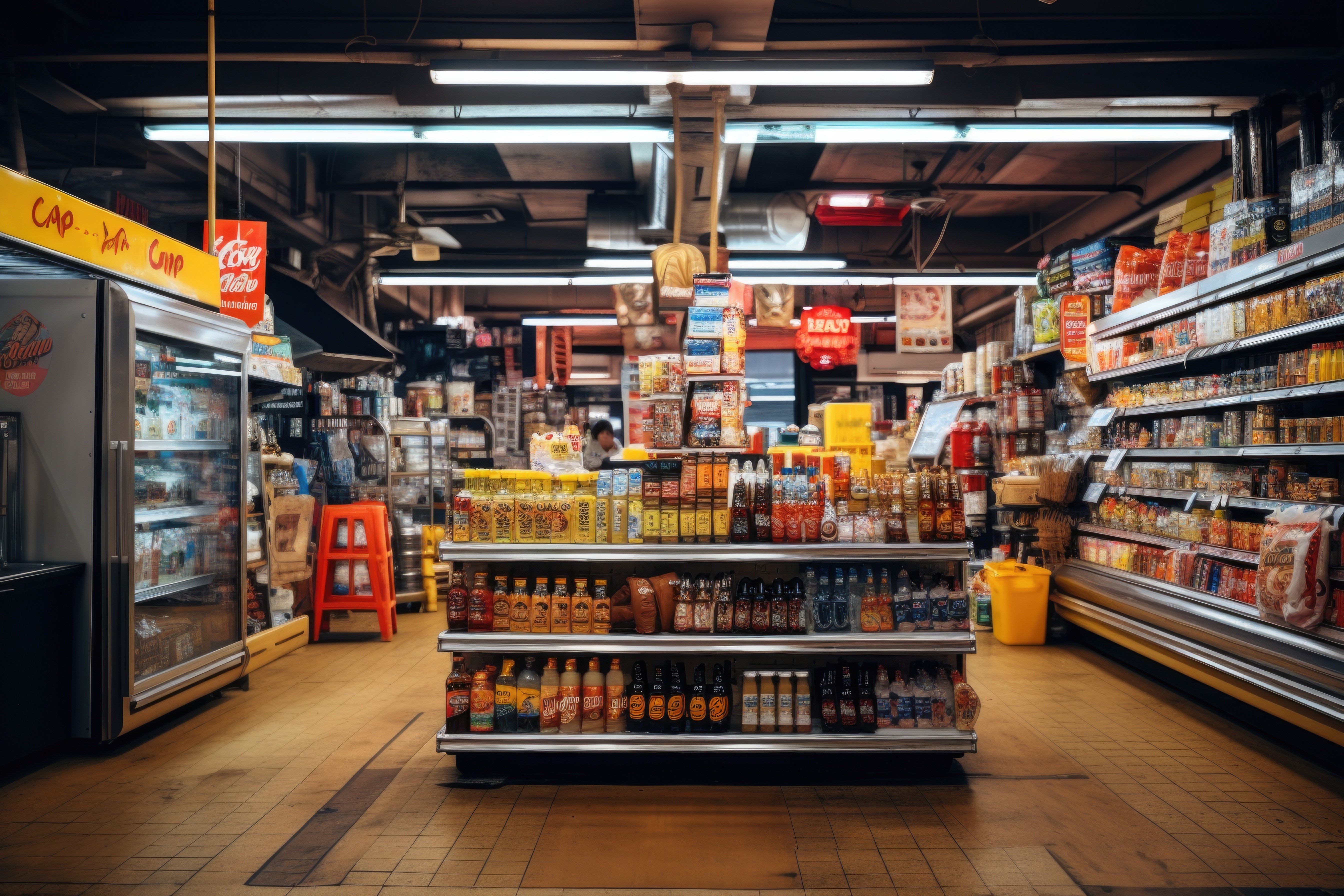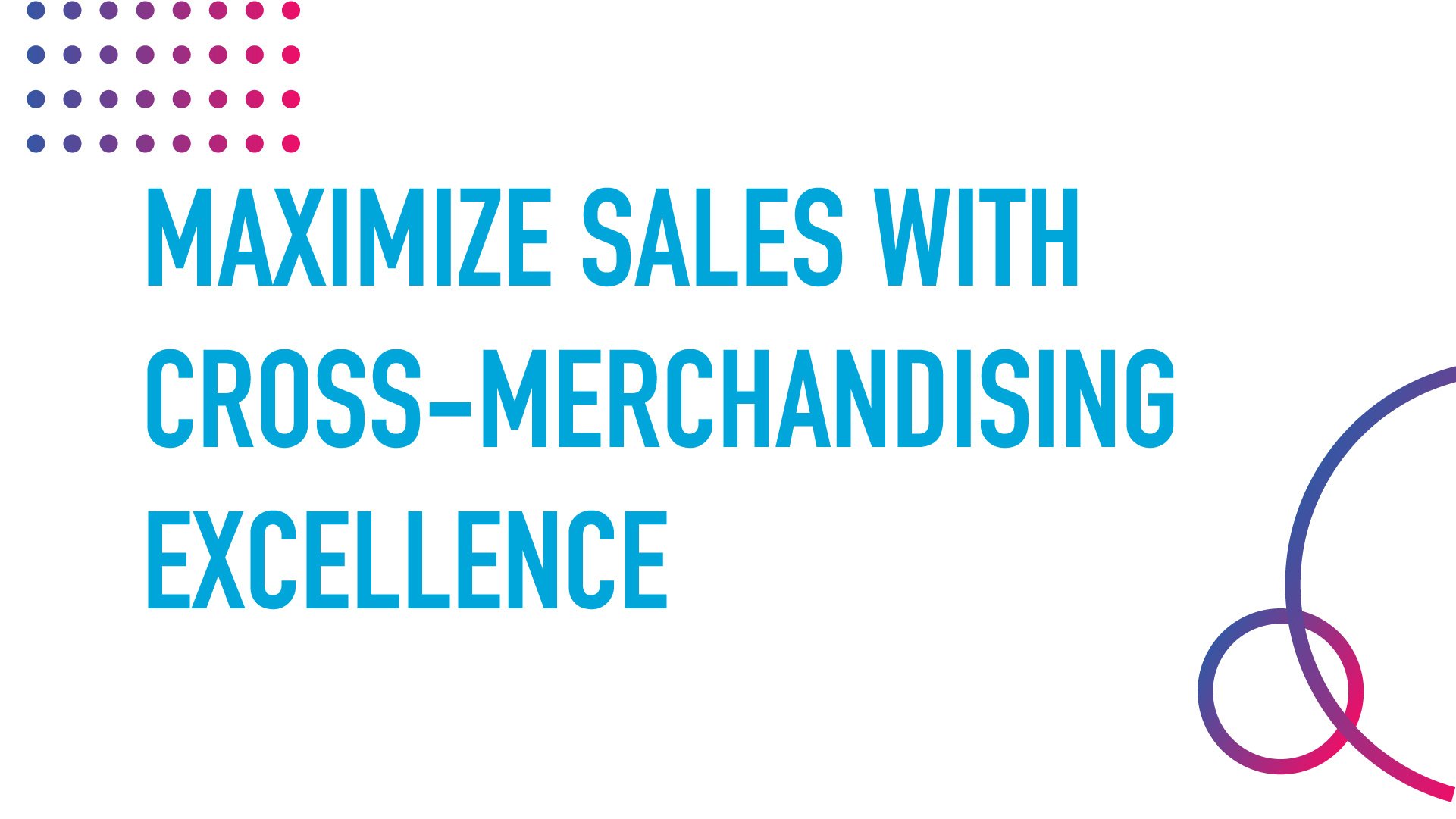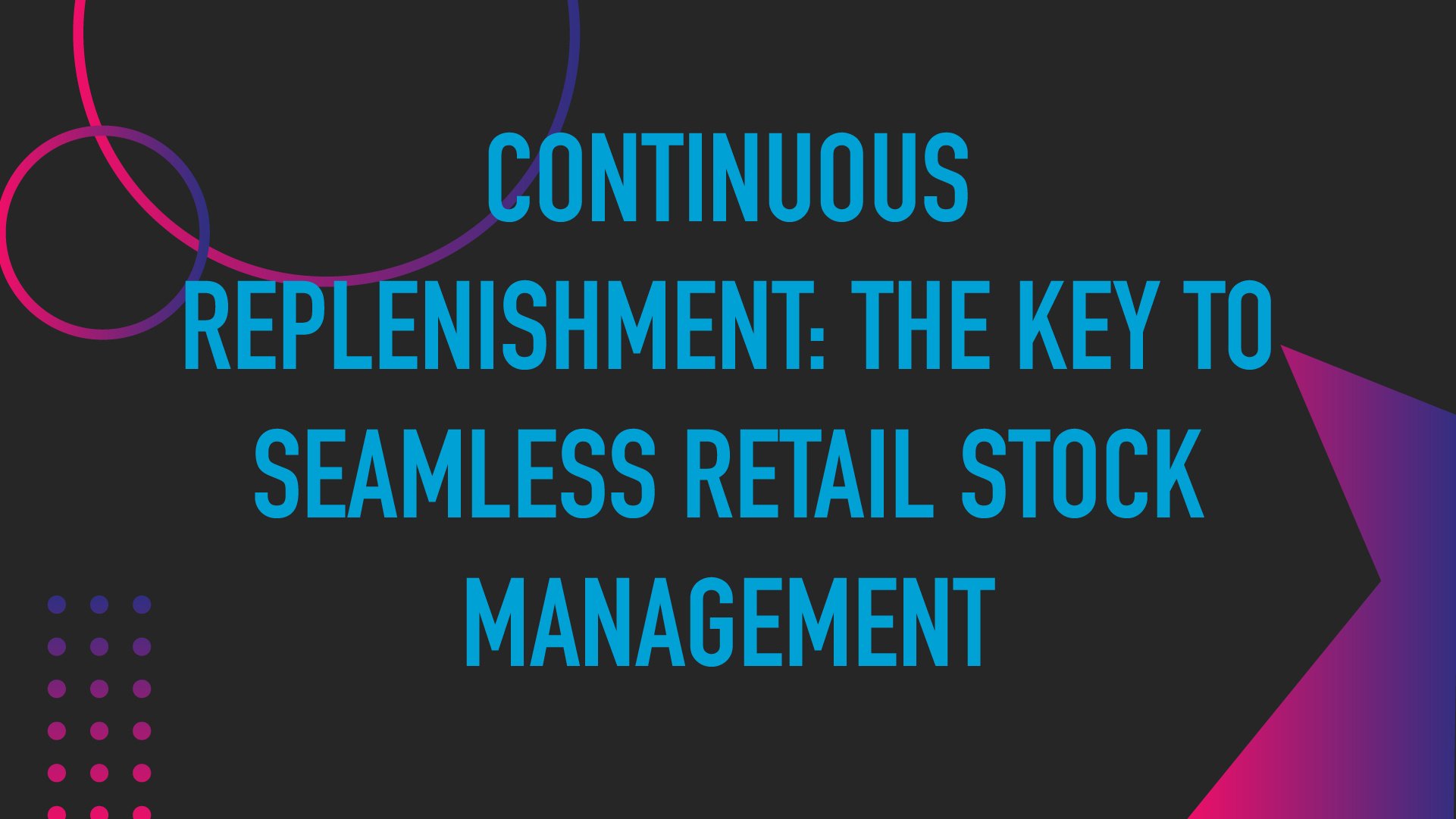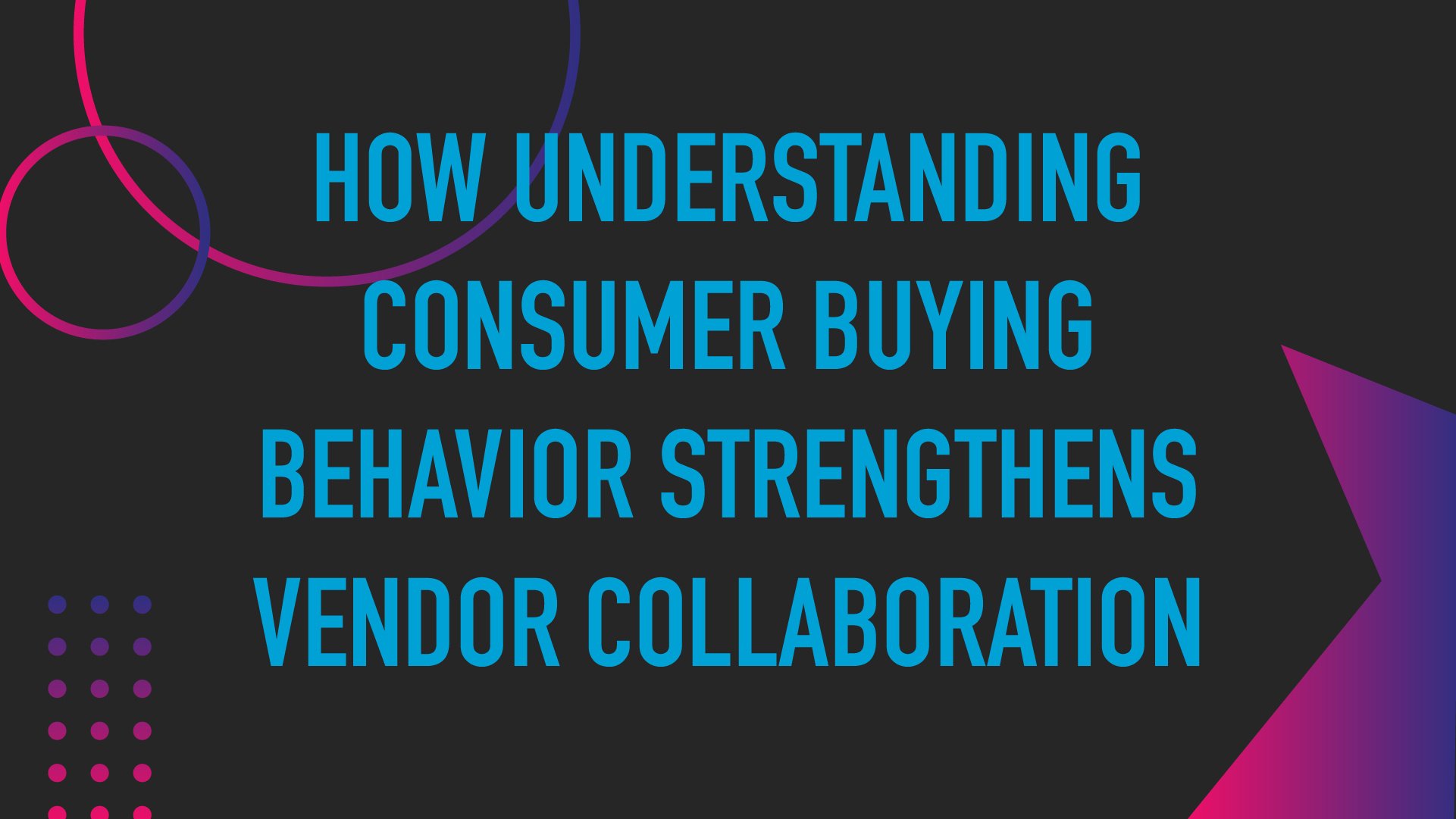Decoding Replenishment: Navigating Stock Out Challenges


Managing inventory replenishment is crucial to ensure seamless operations and customer satisfaction. However, stockouts or out-of-stock (OOS) situations can pose significant challenges for a retail store and field teams. Understanding replenishment strategies and effectively navigating these challenges is essential for minimizing disruptions and enhancing customer satisfaction.
Stockouts occur when inventory levels of a particular product are depleted, leading to unfulfilled customer demands. Common causes of stockouts include:
- Inaccurate demand forecasting
- Supply chain disruptions
- Delays in supplier lead times
- Inefficient in-store item management practices
Understanding the Culprits: Common Causes of Stock Outs in Inventory Replenishment
Stockouts are the stuff of nightmares for retailers. They not only result in frustrated customers but also translate into lost revenue and damaged reputations. To effectively combat frequent occurrences, it is imperative to delve into the common causes behind stockouts.
Inaccurate Demand Forecasting
Inaccurate demand forecasting is one of the prime suspects in the case of OOS situations. Retailers risk ordering insufficient stock when they fail to predict customer demand accurately.
Demand forecasting relies on a variety of factors, including historical sales data, market trends, and even external influences. Retailers who don't have a firm grasp on these variables may find themselves facing empty shelves when customers come calling. Effective demand forecasting tools and data analysis can help mitigate this challenge.
Supplier Delays
The reliability of suppliers is crucial to the replenishment process. Delays can disrupt the delicate balance of inventory replenishment. Late deliveries, miscommunication, or unexpected hiccups in the supply chain can lead to empty shelves and disgruntled customers.
Consistently nurturing supplier relationships and maintaining open lines of communication is paramount. Retailers must work closely with their suppliers to ensure timely deliveries and contingency plans in case of unexpected delays. Collaboration with suppliers can help prevent supply chain disruptions and minimize the risk of stockouts.
Inventory Level Balancing Act
Retailers often find themselves on a tightrope when it comes to inventory levels. Overstocking can tie up valuable capital and shelf space, which could have been allocated to more profitable items. On the flip side, understocking is a direct path to stockouts.
Striking the right balance is a fine art form. Retailers must invest in inventory management systems that analyze historical data, sales patterns, and lead times to optimize inventory levels. Regular monitoring and adjustments are vital to ensure that stores aren't burdened with excess stock nor caught off guard with empty shelves.
Neglecting Seasonal Fluctuations
Seasons change, and so do customer preferences. Retailers need to anticipate and prepare for seasonal fluctuations or risk being caught off guard and losing customer loyalty during peak seasons.
Retail teams must be vigilant in inventory planning to avoid OOS scenarios. Historical data and market analysis can provide insights into when to increase or decrease stock levels to align with seasonal trends. By staying ahead of the seasonal curve, retailers can minimize the risk of the stockout menace and keep customers satisfied and revenues intact.
Mastering Inventory Replenishment: Strategies to Prevent Stock Outs
Stockouts are avoidable when businesses adopt strategic inventory replenishment practices. Implementing advanced forecasting tools, continuously monitoring sales data, maintaining safety stock, and fostering strong supplier relationships are essential to keeping those dreaded empty shelves at bay.
1. Implementing Advanced Forecasting Tools
When it comes to demand forecasting, precision is paramount. Investing in advanced forecasting software can significantly improve the accuracy of your predictions. These tools go beyond basic analysis and leverage historical data, market trends, and even external factors to fine-tune inventory levels.
By utilizing advanced forecasting, retail teams can make decisions about what and how much to order. This proactive approach minimizes the risk of OOS situations due to underestimating demand and enables businesses to align their inventory with customer preferences and market shifts.
2. Supplier Collaboration
Strong relationships between suppliers are the cornerstone of effective inventory replenishment. Open communication channels and collaborative planning with suppliers can help prevent supply chain disruptions. Engage in discussions between store and field teams about lead times, production capacities, and potential challenges that may affect the replenishment process.
This collaboration gives store teams valuable insights into their supply chain dynamics, allowing for better planning, risk mitigation, and contingency strategies. Supplier collaboration is a proactive approach to ensuring a smooth flow of goods and minimizing the risk of stockouts due to external factors.
3. Continuous Monitoring
The retail landscape is dynamic, and demand patterns can change rapidly. Continuous monitoring of sales data and inventory levels is essential to detect anomalies or sudden shifts in demand. Regularly reviewing this information allows businesses to adjust their replenishment plans promptly.
Staying vigilant and responsive can preempt stockouts by preparing retailers to ramp up orders when demand surges or scaling back when sales slow down. This proactive approach ensures that your shelves are always stocked to meet customer needs.
4. Safety Stock
In an unpredictable world, having a safety net is invaluable. Safety stock, or buffer inventory, cushions against unexpected demand spikes or supplier delays. Maintaining a safety stock level that aligns with a store’s risk tolerance can bridge the gap during emergencies.
Safety stock acts as a lifeline when unforeseen events occur, such as sudden demand spikes or supplier disruptions. It allows retailers to continue serving customers without interruption while addressing the underlying issues causing the disruption.
Mastering inventory replenishment in brick-and-mortar retail is a complex yet essential task. By understanding the common causes of stockouts and optimizing replenishment strategies, retail teams can reduce disruptions, ensure customer satisfaction, and stay competitive in the ever-changing retail landscape. Decoding replenishment is the key to ensuring your store shelves are always stocked and your customers leave with smiles on their faces.
featured content
featured content

The Importance of On-Shelf Availability in Retail: Why Keeping Items Stocked is Critical for Competitiveness in 2026
Learn why on-shelf availability is critical in today's retail store environment








